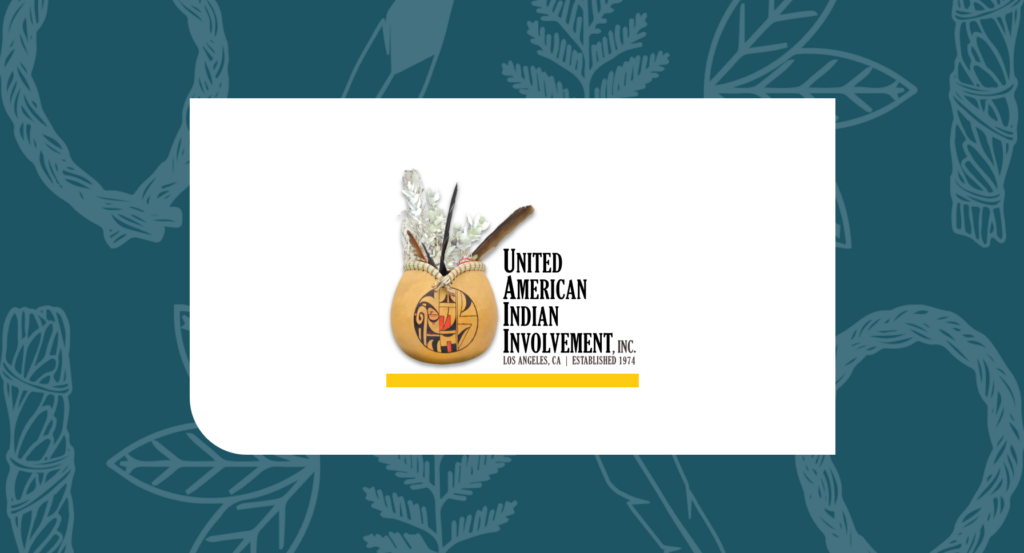[vc_row][vc_column][vc_column_text]UAII Source Nutrition Column, with Aksia Funmaker and Miriam Wiener, MS, CNS
Now that summer has arrived and many of the ‘safer-at-home’ restrictions have returned, we in the UAII community are more inspired than ever to participate in workshops and events that bring us all together – even virtually!
Scrumptious, homemade food will always be in the spotlight of our gatherings – whether in-person or virtual – because, as the saying goes: “Food is the glue that keeps young and old connected!”
In this new column, Aksia Funmaker and Miriam Wiener will share recipes from indigenous ingredients: fresh vegetables and fruits; fowl; corn; beans; pumpkins; quinoa; maple; fish and seafood; wild rice; and the like.
Truly indigenous recipes contain no “Old World” foods, and that means no fry bread, pasta, pies, cakes, or any other dish containing white flour, domestic sheep (not bighorn sheep), beef, pig, goat, dairy milk, cheese, chicken, or butter.
“Fry bread is fried white flour,” said one Elder at a recent UAII event. “It shares almost no similarity to bread made by Natives before the introduction of wheat – corn, shuck, sour, persimmon, acorn, hickory, sunflower, pumpkin seed, potato, bean, mesquite, peanut, bamboo vine, camas, or cane bread. These are all truly Native bread. We need to go back and learn the traditional food preparation techniques of our ancestors.”
Our ancestors ate mostly wild foods: venison, eel, fish. It’s possible that they ate turkey, but we’re not sure about that. What we do know is that they were eating fowl –
probably turkey, duck, goose, and the like, as well as corn and beans. These are fundamentally Native crops.
“There was no sugar, so there was no dessert as we know it today,” said another Elder at the same UAII gathering. “There might have been some root vegetables and a lot of green leafy vegetables and herbs; that’s probably about it in terms of vegetables.”
Why Native Food Matters
A new study co-designed and conducted by UC Berkeley and four Native American tribes shows that 92% of Native American households suffer from food insecurity. Additionally, while evidence suggests Native foods are the most nutritious and culturally appropriate food choices for Native American people and over 99% of households in the region said they want more of these foods, nearly 70% of households surveyed never or rarely get access to the Native foods they want.
Increased access to Native foods and support for traditional knowledge and food sharing are the keys to food security in Native communities. Study participants strongly expressed the desire for increased food self-reliance and support for home food production.
Our community members and neighbors from California tribes had a variety of foods available year-round, depending on their environment. Along the coasts of California and north into Canada the environment supplied a plethora of flora and fauna (both land and sea) and supported hundreds of thousands of people. Even those inland had a variety of foods to utilize. The Cahuillas who lived south of the Bernardino Mountains ate antelope they boiled, roasted or sun-dried, several types of acorns, cacti, deer, pinon nuts, rabbits, reptiles, screwbeans, and fish, while Chumash along the Pacific coast also ate fish, shellfish and marine animals. Hupas in the Hoopa Valley consumed a variety of freshwater animals such as eels, sturgeon, and trout, in addition to deer, elk, berries, nuts, roots, acorns.
Costanoans of the San Francisco area speared fish, gathered shellfish, and ate beached whales in addition to gathering acorns and a variety of fruits, insects, and honey. They practiced controlled burning, which allowed for more effective growth of plants and expanded the grazing area for animals. Although Kuroks in the middle area of the Klamath River had access to hundreds of plants and animals, they had taboos against eating bats, blue jays, caterpillars, coyotes, dogs, eagles, foxes, frogs, gophers, grasshoppers, hawks, lizards, meadowlarks, moles, owls, ravens, snakes, vultures, wildcats, and wolves. Shastas on the California/Oregon border used venison almost daily and fished for eels, salmon, trout, and gathered acorns, berries, seeds, bulbs, and nuts.
Butternut Squash Soup
(Adapted from the American Indian Health and Diet Project Website)
Top: Butternut Squash Soup with Roasted Red Peppers; Middle: thicker soup; peeled and chopped squash
Ingredients:
1 peeled and cubed butternut squash
I large yellow onion (or any other onion you prefer)
1 red bell pepper
4 cups of vegetable, turkey or game broth
Black pepper to taste
1 red bell pepper
Salt to taste
- If you have access to newly-harvested butternut squash, the skin should be tender and you won’t have to peel it. If you make this soup in winter, then the squash you find may have tougher skin and it needs to be peeled. Tip: Invest in a good potato peeler—it will make your cooking life much easier; but, be very careful with your peeler since it is easy to slice off some of your hand. As an option, you can roast the squash after cutting it in half length-wise and then scoop out the meat.
- Peel and cut the squash into medium to small squares (and don’t forget to take out the core of seeds; it’s similar to a pumpkin).
- Chop the onion (rough cut is okay).
- Put ingredients into skillet or saucepan and cook until squash is tender.
- Place all hot ingredients into a food processor or blender, mix with water or broth and blend it to the desired consistency.
- In the meantime, put the sliced red pepper into the pan to sauté and cook until tender.
- Pour blender contents into a bowl, then top with the pepper and it’s ready to eat.
- ENJOY!
[/vc_column_text][/vc_column][/vc_row]



